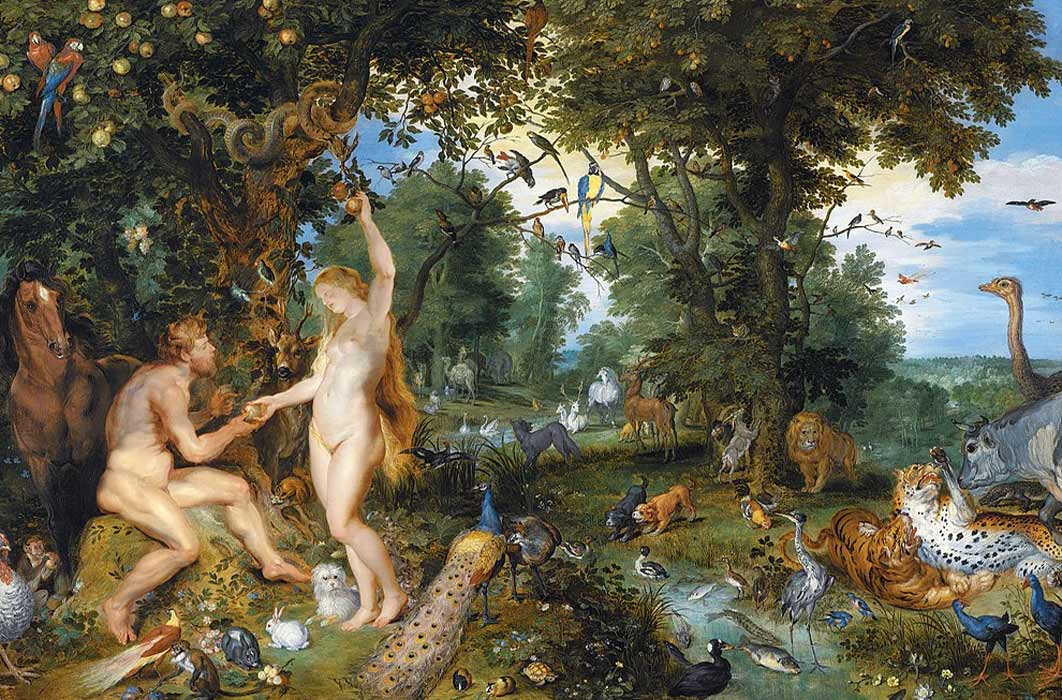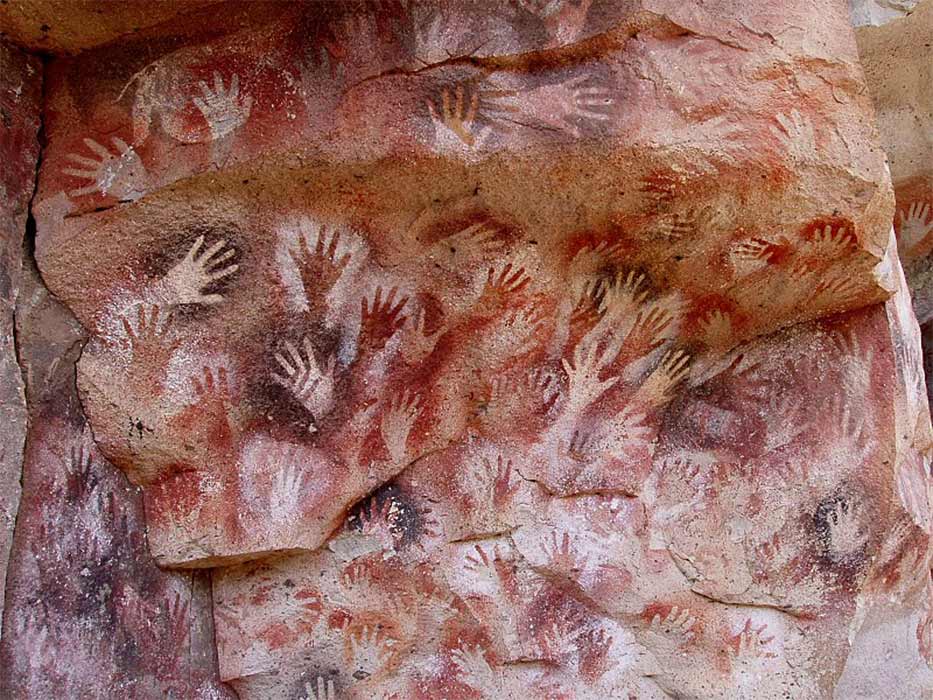
Messages in Myths: Eden A Poetic Rendition Of Reality
There are few people in the world today who have not at least heard of the tale of Adam and Eve and their expulsion from the mysterious Garden of Eden. Their story is told in the first chapters of the book of Genesis, and is a foundational myth of at least three great world religions – Judaism, Christianity, and Islam. Countless lessons of morality, ethics, and religious teachings have been drawn from it, and it continues to be a great source of spiritual wisdom. Some read it as history – an explanation of why the world is the way it is. It explains the human condition of separation from nature, separation from God, and separation from each other. Others view it as a metaphor, a myth with a message.

Painting from Manafi al-Hayawan (The Useful Animals), depicting Adam and Eve, from Maragh in Mongolian Iran. (1294) (Public Domain)
Eden A Poetic Rendition of Reality
What if both interpretations are, in a very real sense, true? Could it be that it is a poetic rendition of something that really happened? Can one find in the Eden stories a transition of humankind from Paleolithic to Neolithic — from a hunter/gatherer culture to that of modern civilization? Memories of a mythical paradise are universal. The old days always seem to have been better than the present. The Eden story carries on this tradition. It harks back to the beginning when humans were one with nature. But in one sense, buried in the text might be an actual dimly remembered past of an epoch that goes back at least 200,000 years, maybe even longer, to the emergence of anatomically modern humans. In the Eden story, these first humans are given names – Adam and Eve.

Creation of Adam by Michaelangelo (1511) Sistine Chapel Rome (Public Domain)
The biblical text does not explain the way things were back then with words and phrases that would make a biologist happy. It just says: "God created it." The ancients did not understand the mechanics of spontaneous generation and evolution. On the other hand, modern man does not have it all figured out either. So, saying "God created it" is no stranger than studying theories involving Panspermia or the Many World's theory. Simply put, what the texts tell us is that for an unknown time we felt that we were one with the animals. We were one with nature. And, at least in memory, those times were good. In the words of Genesis, "And the Lord God formed man from the dust of the earth and breathed into him the breath of life, and man became a living soul ... And God saw that it was good."
In those remote, ancient, and memory-shrouded times, our human ancestors achieved something that no other animal did. It goes without saying that they developed the capacity to think and reason, but many other animal species can do that, to varying degrees. Humans also developed the ability to work together in community, but other species do that as well.

Hands at the Cuevas de las Manos upon Río Pinturas, near the town of Perito Moreno in Santa Cruz Province, Argentina (Mariano/CC BY-SA 3.0)




